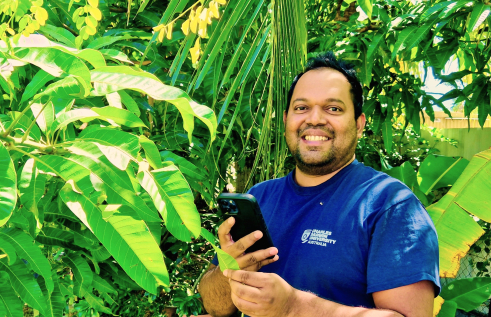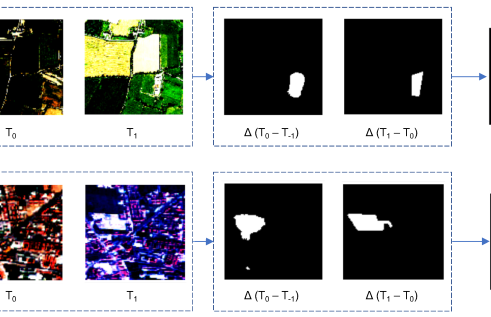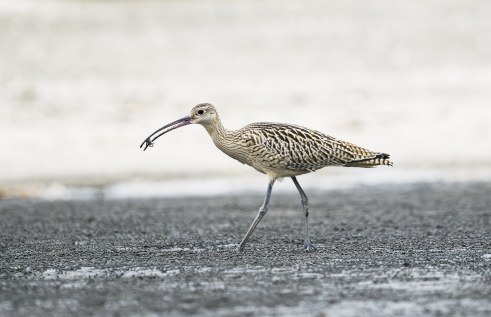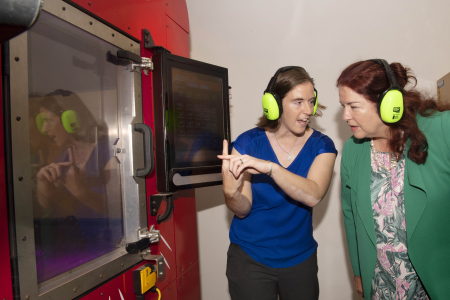News article
CDU’s 3D printing technology deployed into Navy
Cutting edge 3D printing technology developed at Charles Darwin University (CDU) will be deployed by the Royal Australian Navy in a world-first trial that will streamline the maintenance of patrol vessels.
The Australian Government will invest $1.5 million in the two-year Supersonic Deposition 3D printer pilot, which will lead to a significant increase of parts availability compared to what the regular supply chain can provide.
Minister for Defence Industry Melissa Price congratulated the CDU University’s Advanced Manufacturing Alliance, along with industry partner SPEE3D, for producing the cutting edge and uniquely Australian capability.
“This high-tech machinery enables metal components to be produced quickly and efficiently, meaning our ships can get back on the water without delay,” Ms Price said.
“Benefiting both the Navy and industry, the knowledge transfer gained using this capability also positions the Advanced Manufacturing Alliance (AMA) to pursue further opportunities.
“This capability is a prime example of Australian innovation at its best and supports the Government’s unprecedented shipbuilding and sustainment plans.”
The 18-month program will involve the Navy leasing a SPEED3D printer and CDU providing training to navy personnel in its operation.
CDU Vice-Chancellor Professor Simon Maddocks said the university had been working with the Navy for about two years and that the Minister’s announcement was recognition of the ground-breaking work the partnership had produced.
“This 3D printing technology has the potential to change the way many industries, including defence and defences industries, design, manufacture and supply parts. CDU has become a centre of excellence in developing this new technology,” Professor Maddocks said.
Over the past two years, SPEE3D and the AMA at CDU have worked with the Patrol Boat System Program Office in Darwin to develop and qualify real-world parts using SPEE3D metal printing technology.
Professor Maddocks said the new project would provide Navy and CDU with expertise in deploying the technology into a sophisticated real-world environment.
“Taking the technology from the research context to being used by the Navy is a great example of the real-world impact of SPEE3D & CDU’s partnership in innovation. To be able to say the Navy will deploy the technology gives 3D metal printing a very high level of validation,” he said.
“The ability to integrate training of a new skills workforce, including apprentices, in partnership with the development and refinement of the technology through research is something CDU is particularly well positioned to deliver.
“By helping train Navy staff to operate the technology, we are better positioned to understand the role we can play in ensuring our graduates are equipped for the jobs of the future,” Professor Maddocks said.
Related Articles

Rooting out plant diseases: Are computers ready to run our farms?
Nature is still too complex for artificial intelligence (AI) modelling to be effective, but the tipping point is close, according to a new study that found the technology may still trip at the last real-world hurdle.
Read more about Rooting out plant diseases: Are computers ready to run our farms?
Tech on the treetops: How AI can protect forests
The Artificial Intelligence model was developed to detect changes in forest cover.
Read more about Tech on the treetops: How AI can protect forests
Volunteers protected Darwin wildlife for 50+ years, but new research suggests it’s time to stop winging conservation efforts
Volunteers have shouldered the burden of shorebird conservation in the Top End for more than half a century, but new research from Charles Darwin University (CDU) suggests it’s time for the government to take responsibility for all of the Northern Territory’s residents – including those with wings.
Read more about Volunteers protected Darwin wildlife for 50+ years, but new research suggests it’s time to stop winging conservation efforts
